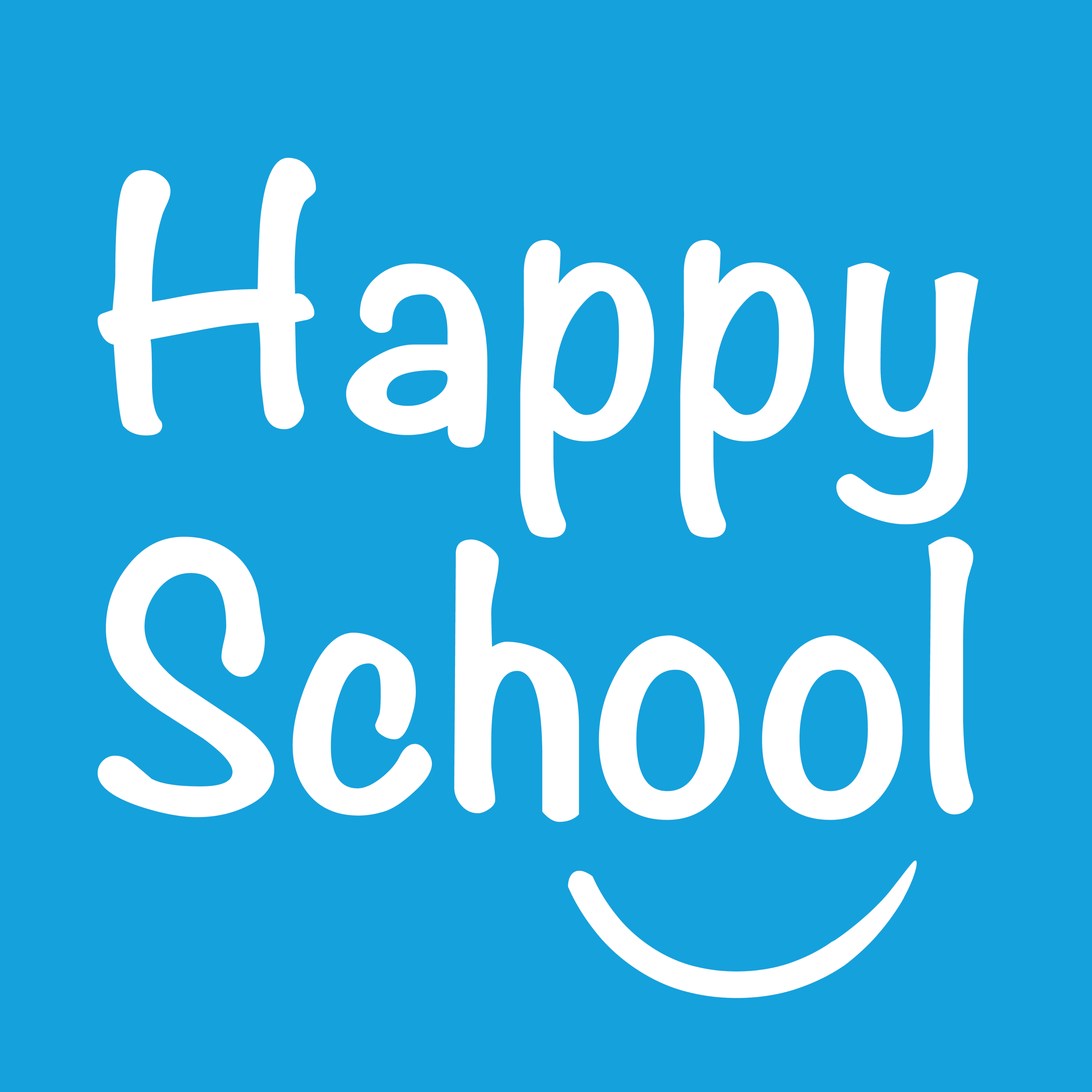Hooks of Escalation
Highly effective teachers operate through influence rather than through power. They focus on building positive relationships with students and reduce the need to exercise power to control students. The nonverbals are completely different. What do the nonverbals look like when operating from influence? You approach the student from the side. You have your eyes on the student work. You are further from the student. You are more non-verbal. Your breathing is low. What do the nonverbals look like when operating from power? You come directly up from the front. You make sure that you have your eyes on the student. You are physically close. You are more verbal, especially a strident, loud voice. Your breathing is really high. Some students…
